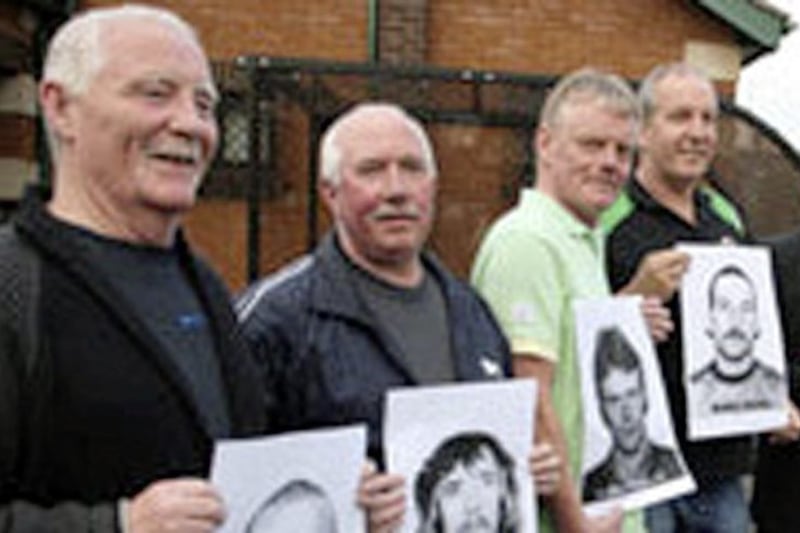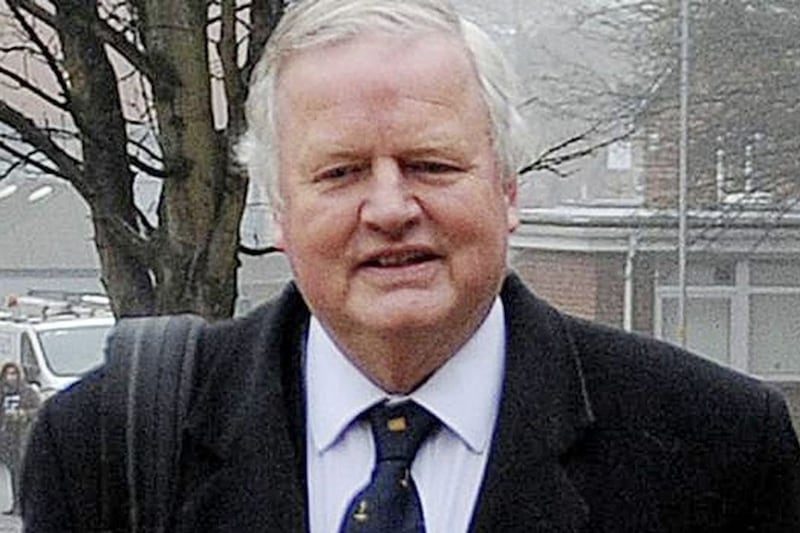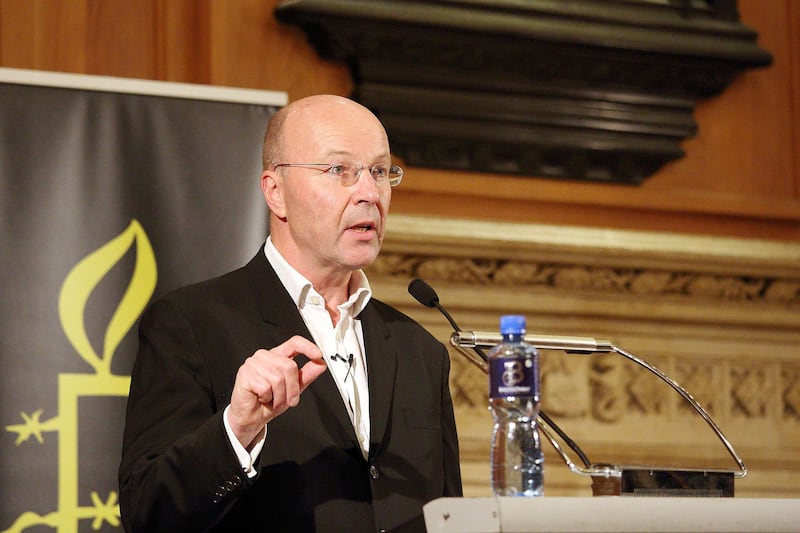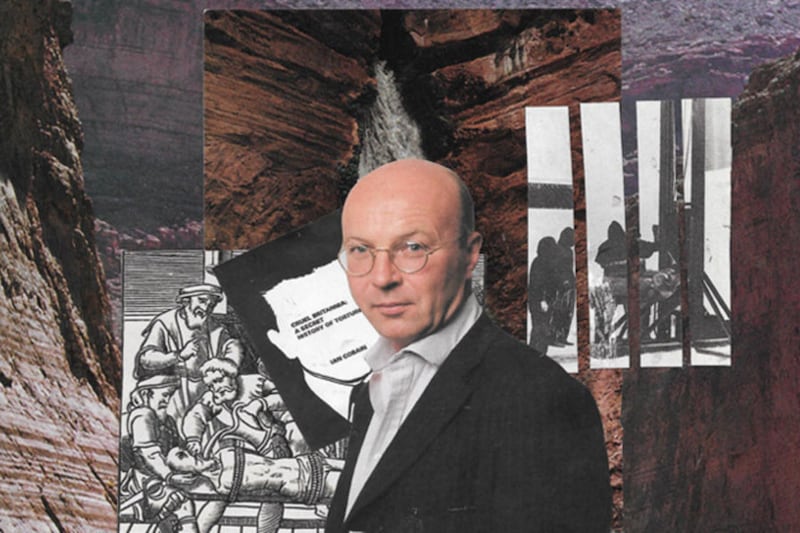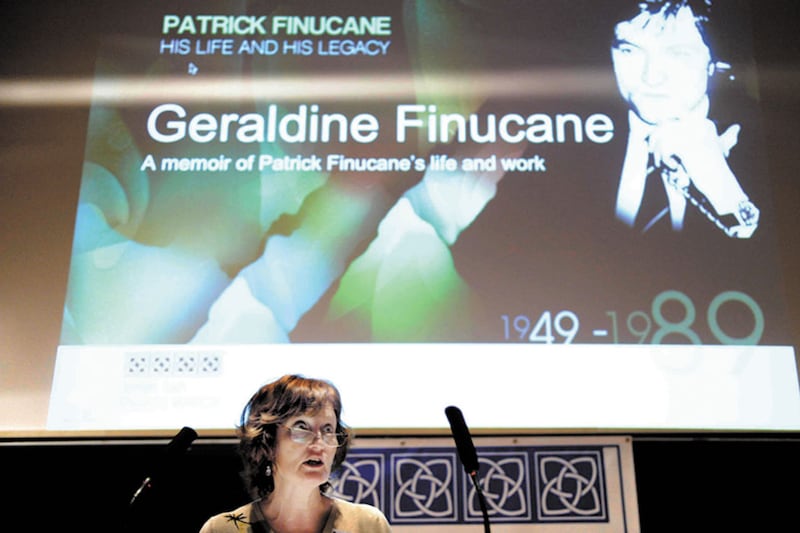"I JUST wanted to understand what happened – and why," explains investigative journalist and author Ian Cobain about writing his compelling new book Anatomy of A Killing: Life and Death on a Divided Island, which vividly transports readers back to the madness of the north's all too recent past via a meticulous examination of one single murder from the Troubles.
What happened was this: on the afternoon of April 22 1978, RUC Constable Millar McAllister (36) was gunned down at the back door of his Lisburn home by IRA volunteer Harry Murray (then 29). Having engaged the off-duty policeman in conversation under false pretences, Murray produced a revolver and repeatedly shot the father of two at point-blank range, leaving him to die on the kitchen floor in front of his hysterical seven-year-old son.
The crime made the front page of the Belfast Telegraph's late edition that evening, yet rated only cursory mentions from a London press jaded by almost a decade of solidly bad news from the north.
Over 40 years later, Anatomy of a Killing finds Cobain re-examining the RUC man's death, the people involved in it and the uniquely chaotic time and place in which it occurred. For example, he notes that Constable McAllister was the first police officer to be murdered in the solidly unionist town of Lisburn for over 50 years. The last was an RIC district inspector, Oswald Swanzy, assassinated by the IRA on Market Street in 1920 by way of revenge for his part in the murder of Cork mayor and IRA commander Tomás Mac Curtain.
Cobain explains how the location of Millar's home in this so-called 'citadel' likely made the Co Antrim-born pigeon racing enthusiast, who penned a regular by-lined column as Northern Ireland correspondent for Pigeon Racing News and Gazette, an even more attractive 'prize' for an IRA then looking to step up its campaign against security personnel.
"I'm fascinated by micro-histories," says Cobain of his chosen format,"books which take a very small episode within a larger event and try and explore and understand the larger event through a forensic examination of the smaller episode. I think it can be a useful means of exploration and a good way of telling a story."
In addition to delving into official records and contemporary reportage, the writer collects first-hand accounts from gunman Murray, a Protestant ex-RAF man and father of four hounded out of his native Tigers Bay for being in a relationship with a Catholic, and his accomplices: they share memories of joining the IRA, their recollections of the murder and its aftermath – including violent interrogations at the RUC's notorious Castlereagh 'holding centre', during which one suspect was found hanged in his cell (his co-accused maintain it was torture gone 'wrong') and another claims to have been 'waterboarded' by detectives – as well as what happened to them in the wake of their convictions and how they view their part in the crime today.
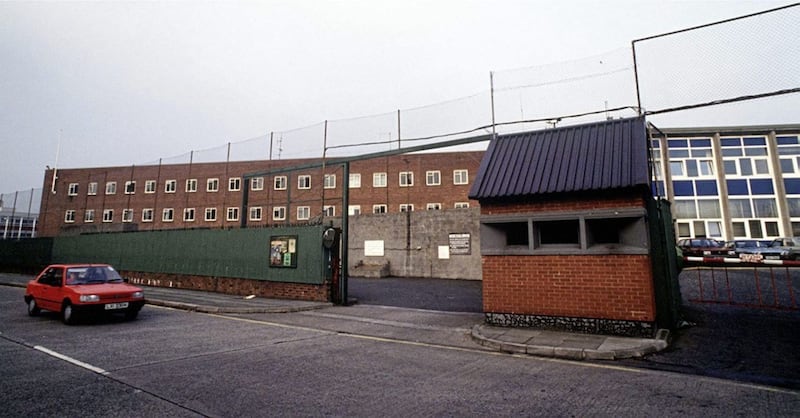
Cobain also includes harrowing personal recollections from former members of the security forces who faced and survived multiple republican assassination attempts and explores how successive British governments neglected growing problems across the Irish Sea, ignoring the advice of top military intelligence while allowing Secretary of State for Northern Ireland Roy Mason to spout inflammatory IRA-baiting rhetoric.
Former Guardian investigative reporter Cobain (60), whose previous books are Cruel Britannia: A Secret History of Torture (2012) and The History Thieves: Secrets, Lies and the Shaping of a Modern Nation (2016), has himself been a regular visitor to the north since the 1980s.
The Liverpool-born journalist's interest in our Troubled past has found him penning major newspaper pieces highlighting injustices including the Ballymurphy Massacre, Belfast man Liam Holden's wrongful murder conviction (and subsequently commuted death sentence) and allegations of collusion surrounding the Loughinisland murders.
"I'm fascinated by Northern Ireland – I think it's one of the most interesting places in the world, because the question of whether it is or should be part of the United Kingdom has been so bitterly and at times violently contested," he tells me of why he wrote the new book.
"As a London-based journalist, I could see the conflict was not well reported upon. That, I think, was part of the problem, and it does no harm to go back and try learn more about matters that were going under-reported.
"I also think that now in 2020 in Ireland, across the island, some people don't like to ask too many questions about what was happening [during the Troubles]. But as a journalist and contemporary historian, I can't do that – I do think it's important to ask questions about the recent past, and to learn.
"I also wonder whether journalism and history has a role to play in trying to achieve a degree of reconciliation precisely by asking difficult questions."
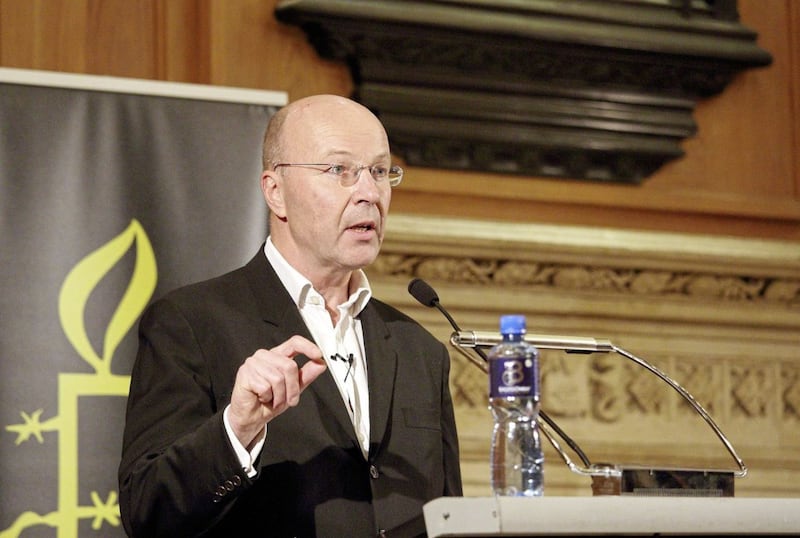
As mentioned, the book attempts to gain a better understanding of what drove the men and woman who were involved in Millar McAllister's murder and indeed the republican movement as a whole. Cobain, who currently reports for online news portal Middle East Eye, was keen to shatter a few stereotypes concerning Irish 'terrorists', observing that many IRA volunteers "had a strong sense that they were simply members of a violated community, which they needed to defend".
"The whole question of motivation – why people did what they did: clearly the people who became involved in the Troubles were people who mostly wouldn't have been involved in violence under any other circumstance," he says.
"So the question of why they became involved remains an important and enduring question that's worth exploring."
Illustrating his point, the book includes an anecdote about a BBC reporter visiting Long Kesh who notices a convicted IRA murderer reading Tolstoy and Hardy:
"Asked why an IRA man was reading such books, the prisoner replied: 'Because an IRA man's normal, like everyone else.'
"When the reporter commented that normal people did not go around killing other people, the young man pointed out that normal people, elsewhere, did not live in Northern Ireland."
Published earlier this month by Granta, Anatomy of a Killing has attracted almost uniformly positive reviews from English and Irish press alike – something Cobain admits he's been slightly surprised by.
"I expected that [the book] might be attacked slightly, but it hasn't been, " he says.
"If you look at [former head of British military intelligence in the north] Jimmy Glover's assessment of the IRA from his military intelligence report, which I quote from in the book, he was obviously of the view that this was an organisation they needed to be really clear sighted about and needed to understand.
"And if you can take that view in 1978/79, I don't see why you can't take that view in 2020. It's still very important to understand what happened, and why."
:: Anatomy of a Killing: Life and Death on a Divided Island is out now, published by Granta.



